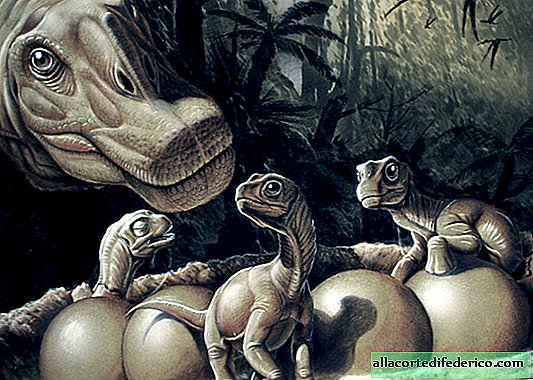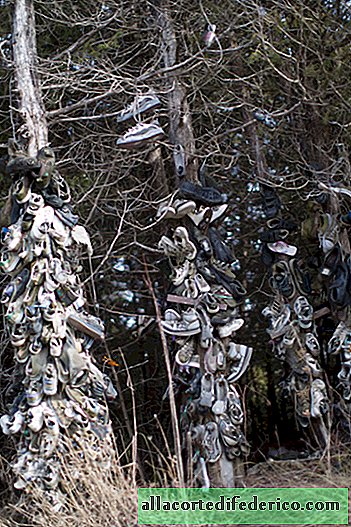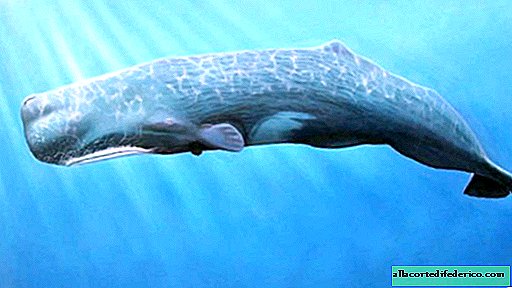How many dinosaurs hatched eggs, and where does their extinction
In a long race, dimensionality and stability prevail. But dinosaurs, perhaps, have learned from their own experience that sometimes it’s better not to delay important matters. For example, with hatching offspring. Apparently, the “terrible lizards” were wonderful, caring parents and spent a lot of time raising their cubs. At some point, this became one of the reasons for their extinction.
Twice as long as birds
Recent studies by paleontologists say that young dinosaurs hatched for three to six months after laying eggs. This is approximately two times longer than the incubation time of modern birds, which are related to dinosaurs by their closest relatives. In addition, the dinosaurs were large and possibly warm-blooded, that is, they required a lot of food - therefore, large periods between new generations made it difficult to quickly respond to a changing world.

In the study, experts speculate that a long incubation period could put dinosaurs at a disadvantage when a giant asteroid fell to Earth 66 million years ago. Because the longer the eggs ripen during global cataclysms, droughts and floods, while none of the living creatures on the planet knows what they will eat tomorrow, the less chance they will ever hatch. The sad truth of life, which played a cruel joke with dinosaurs.
How did scientists find out how many dinosaurs hatched eggs? Oddly enough, on the "annual rings" on the teeth (to be more precise, then on the "day"). These rings, which are also called von Ebner lines, are present in all animals, including humans. They are formed by layers of dentin, which are updated every day. In the mid-1990s, the same rings were found in the teeth of a tyrannosaurus, so now we can say exactly how much each dinosaur found in an egg developed.
Three to six
Using high-tech equipment, scientists examined some of the few dinosaur embryos discovered, including a clutch of 12 protoceratops andrewsi horned dinosaur eggs the size of a pig, as well as a tooth from a larger duck-beaked dinosaur called Hypacrosaurus stebingeri.

It turned out that Protoceratops developed about three months before death, and Hypacrosaurus - within six months. Modern birds in the course of evolution have developed a strategy in which they lay several of the largest eggs with the shortest incubation periods - only from 11 to 85 days, which greatly increases the chances of a favorable outcome.
The work of scientists is complicated by the fact that dinosaur embryos are very difficult to find. Therefore, a complete picture of how different types of dinosaurs hatched eggs is not yet possible. But it is already clear that speed in this matter is more important than thoroughness.

















